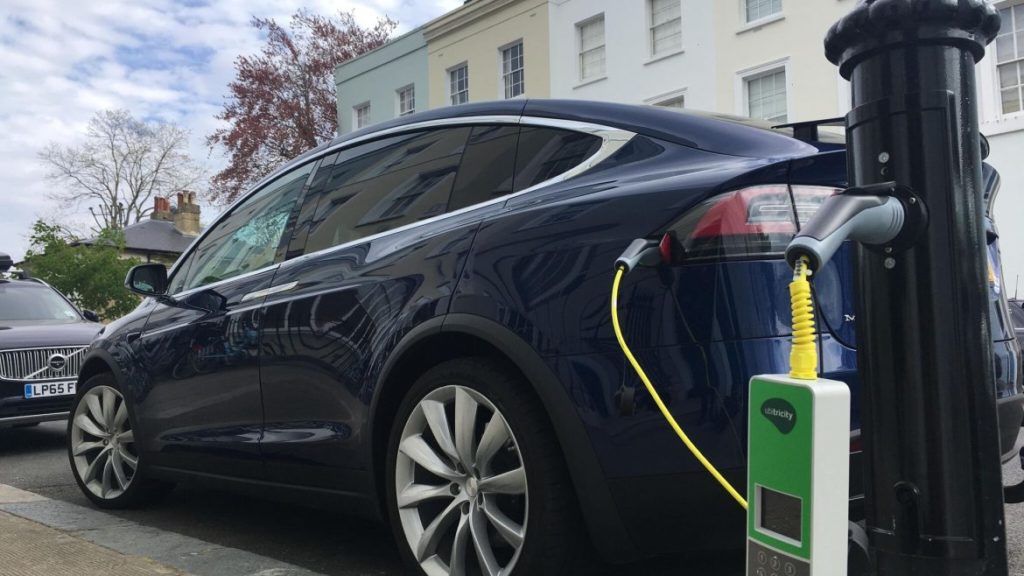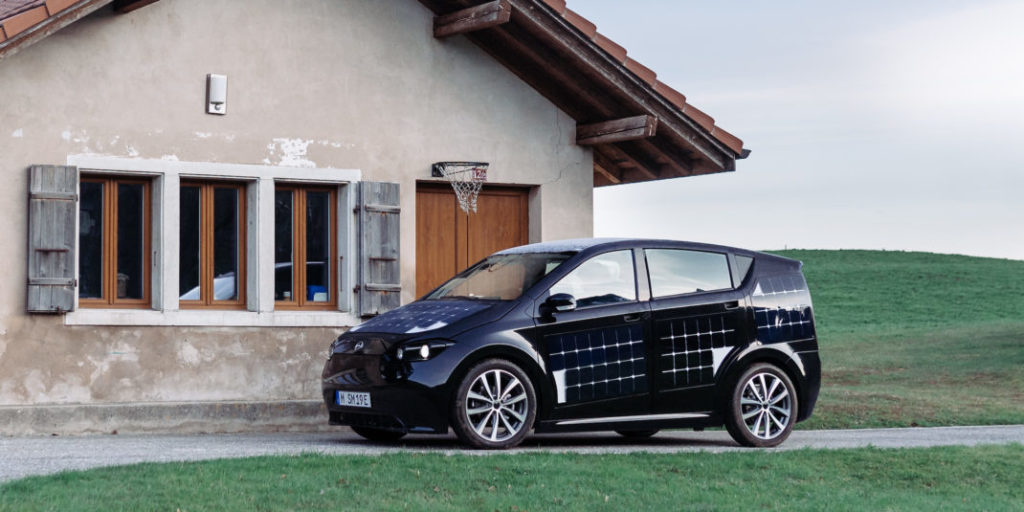With the government aiming for 60% of car and van sales to be electric by 2030 and planning to phase out sales of petrol and diesel cars and vans by 2040, what are the alternative and future options for charging electric vehicles?
There are many benefits of switching to an Electric Vehicle. They are eco-friendly, cheaper to run and maintain and offer a smoother drive with lower levels of noise. But despite this extensive list of benefits, the biggest concern when it comes to electric vehicles is the range of a single charge.
At Plan, we have been keenly following the rise of the Electric Vehicle and excitedly anticipating the electric revolution. We have investigated the real cost of running an electric vehicle, looked into how green electric vehicles really are, and highlighted that the lack of charging points may be holding back the electric revolution. The major concern holding drivers back from making the switch to electric vehicles is ‘range anxiety’, the fear that the vehicle could run out of power before reaching their desired destination, leaving them stranded with no way of charging up the battery. The median range for electric vehicles has increased by 56% over the last 6 years, but electric vehicles are still way behind the range of conventional petrol and diesel cars.
Currently, the opportunities to charge electric vehicles are limited. The most popular options being to charge overnight at home and at work. But those who don’t have off-street parking to easily charge their car at home, don’t have access to charge points at work, or simply need to make a long journey, will have to depend on public charge points. With electric vehicles having a much lower range, public charge points not being as common as regular petrol stations and recharging times taking the best part of an hour as opposed to minutes of filling up with petrol, this can be a major inconvenience. Luckily, apps like Zap-Map can help drivers locate one of the 5,857* locations with a public charge point but what options will there be for electric drivers in the future?

Lamp Posts
The Mayor of London, Sadiq Kahn, announced in May that an electric vehicle taskforce will be launched with the main aim to help expand the EV charging infrastructure. The new taskforce comprises representatives of 16 organisations, including UK Power Networks, the British Retail Consortium, Shell UK, SSE Enterprise and the RAC Foundation.
As part of this initiative, local authorities and London Boroughs have been working with energy suppliers OVO and charge point manufacturer Ubitricity to install charging points in lamp posts. The technology is retrofitted into existing streetlights and allows residents who do not have access to off-street parking the opportunity to charge their cars locally. Vehicles are charged by the lamp post via a charging cable with an in-built electricity meter and users choose if they want to be charged with either a pay-as-you-go or subscription system. The charging lamp post were first installed in Putney and Battersea, before being rolled out in Barnes, Hounslow, Twickenham, Kensington, Chelsea and Westminster.

Solar Panels
Solar energy is not a new idea, we can already charge our phones from portable solar panels and heat and light our houses with solar panels on the roof, so solar panels on cars sounds like an easy way to combat charging problems. Unfortunately, as yet, solar panels haven’t been powerful enough to give electric cars a decent amount of extra range. The Panasonic-made solar roof on Toyota Prius Plug-In Hybrid gathers just enough energy to add 1.8 to 3.7 extra miles of driving. Audi has teamed up with solar panel experts Alta Devices to design energy-generating panels for the roofs of their future cars. The two companies plan to develop panels that will cover the car’s entire roof surface, but at the moment it can only power accessories such as the air conditioning and seat heaters.
Sion, a new electric car from Munich-based start-up Sono Motors, is trying to build on the idea of solar panels by creating a car with built-in solar panels. The car can travel up to 30km (19mi) through solar charging from the 330 photo-voltaic cells embedded in its bodywork, and can also be used as a generator to power other electrical items at events or in emergencies, and to even charge other electric cars. That last function will be facilitated by a smartphone app that will allow Sion owners to sell their excess electricity to others. Sono Motors plans to have the Sion go into production in late August, with the first consumers receiving their vehicles in early 2019.

Electric Roads
Sweden might have come up with the answer to keep electric vehicles charged and make any thoughts of ‘range anxiety’ disappear.
On a public road just outside of Stockholm, 1.2 miles of road has been made into a real-life Scalextric track. The road has been fitted with an electric rail and works by transferring energy from the rail through a moveable arm on the bottom of electric vehicles. The arm will be able to detect the rail and move into contact with it, when the car overtakes or turns off the road the rail the arm will automatically raise. The rail is connected to the power grid and divided into sections that are only powered when vehicles move over them. Energy consumption of each vehicle passing over the rails is calculated by the system, enabling electricity costs to be charged to each user.
Sweden is already a world leader in clean energy: in 2015, Swedish Prime Minister Stefan Löfven announced his country would move towards becoming one of the first fossil fuel-free welfare states in the world and making the country’s transport infrastructure completely fossil fuel-free by 2030. The Swedish government estimates that only the major roads, which make up just 3% of the total road network in Sweden, would need to be modified to considerably cut carbon emissions. Shorter journeys between these major routes could be undertaken using vehicles stored battery power.
The Future of Charging
Most current electric vehicles cope with the average daily commute without an issue. Driving ranges, batteries and the charging networks are all rapidly improving. But there is still room for improvement before electric vehicles become reliable and trusted as conventional vehicles, especially for long journeys.
For manufacturers to turn electric vehicles into the nation’s favourite option in the future, they need to ensure that charging is as quick and easy as possible so drivers don’t have to think about it. Continuing to grow the charging network and making all connector plugs universals will make charging as simple as filling up at a petrol station.
Standardising the ways to charge will be the key to the success of EVs: if one country or region opts for “charging roads” while another goes for traditional charge points, it could mean that vehicles from one area won’t be able to charge in another. We will have to watch this space and, just like for all technologies (the war between Blu-Ray and HD DVD being a relatively recent example), wait until one solution becomes the standard.
- source: zap-map, 20th June 2018

